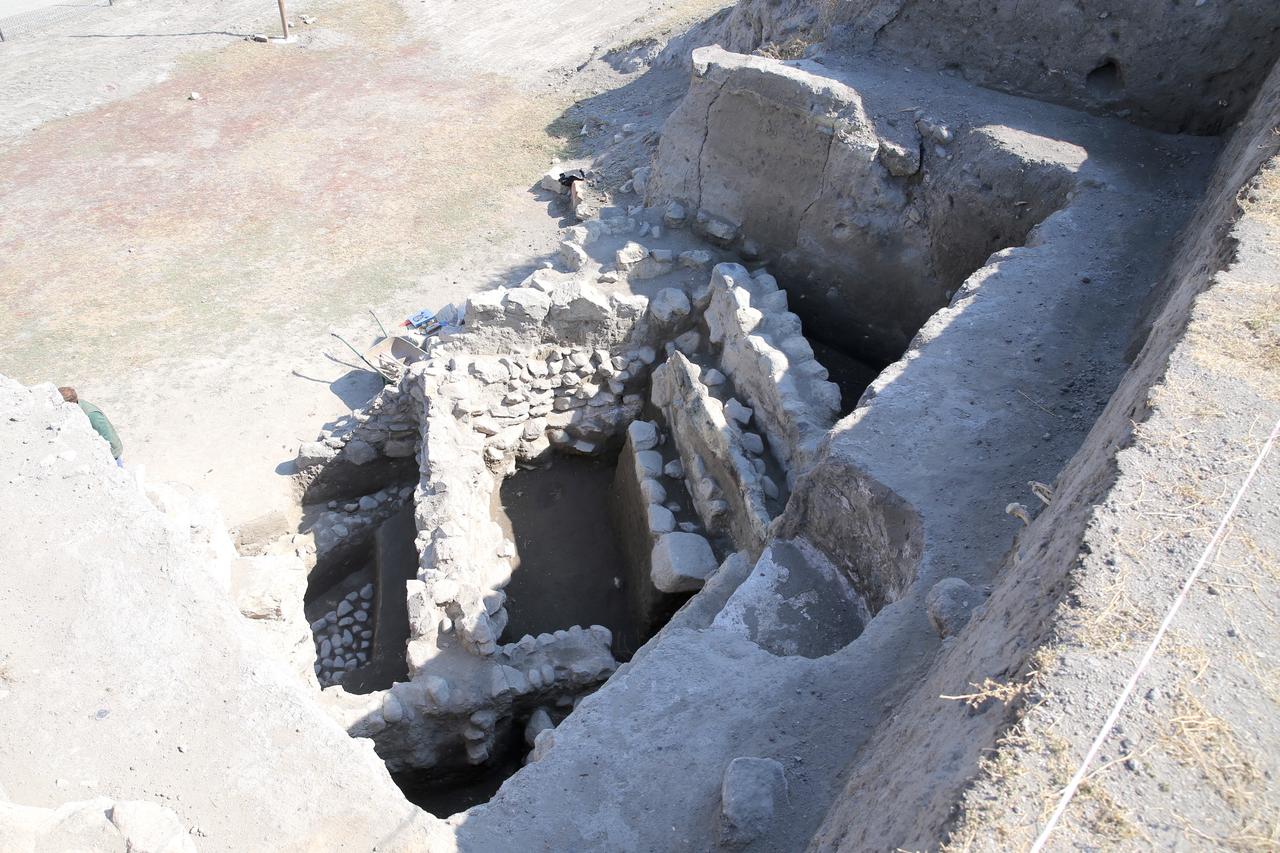
Rescue excavations at Degirmenler Hoyuk (Mound) in Yakutiye, Erzurum, are beginning to reveal architectural traces that precede the Karaz culture, a broad Early Bronze Age horizon known across the Caucasus, inland Iran, Eastern Anatolia, and the Levantine coast.
The work, run by the Erzurum Museum Directorate with permission and support from the Ministry of Culture and Tourism, has continued for two years with a clear aim: to document the mound’s stratigraphy and settlement phases before the site is lost.
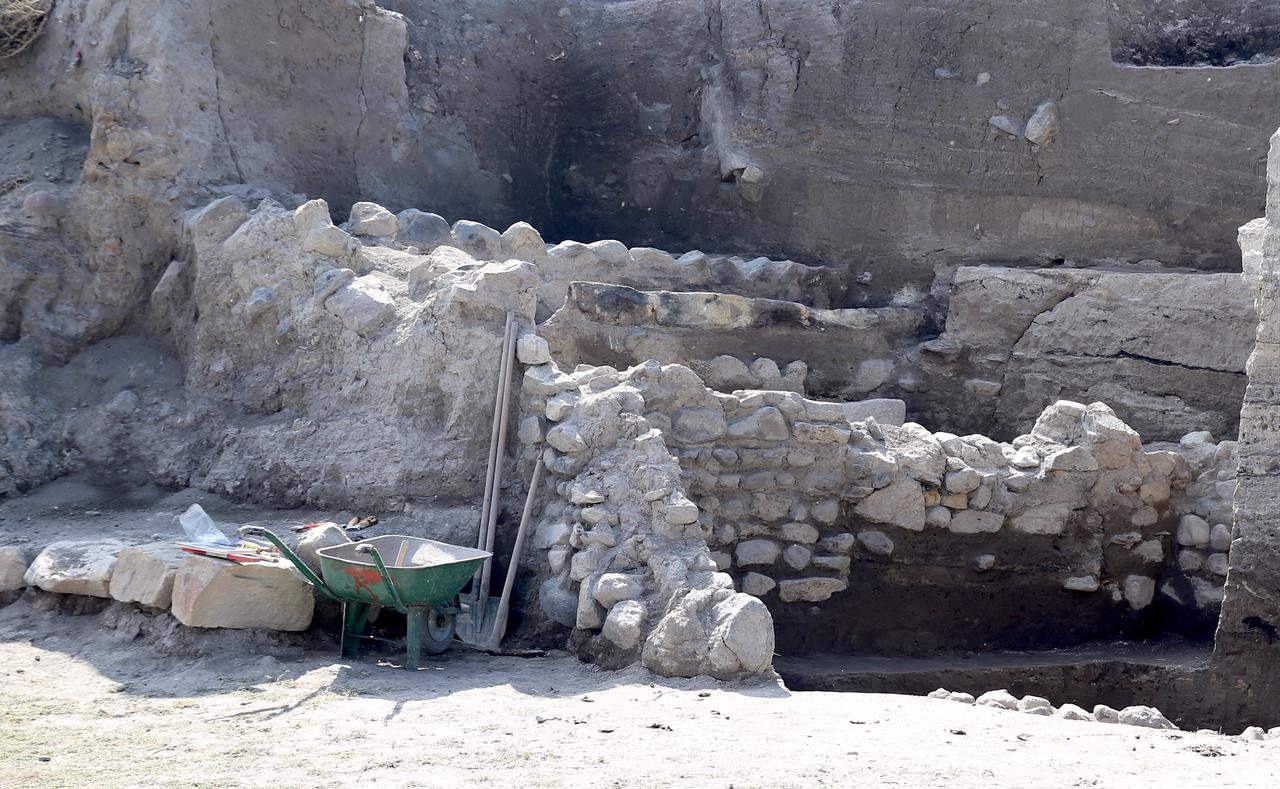
Archaeologists said they first identified a Medieval cemetery capping the mound, followed by Iron Age levels.
Small finds hinting at a possible Late Bronze Age presence then appeared.
The team’s primary goal has been to expose Early Bronze Age Karaz levels in greater detail and, crucially, to determine whether earlier phases lie beneath.
This season, ceramics and other evidence point to both Chalcolithic and Neolithic material, and excavations are now reaching those horizons.
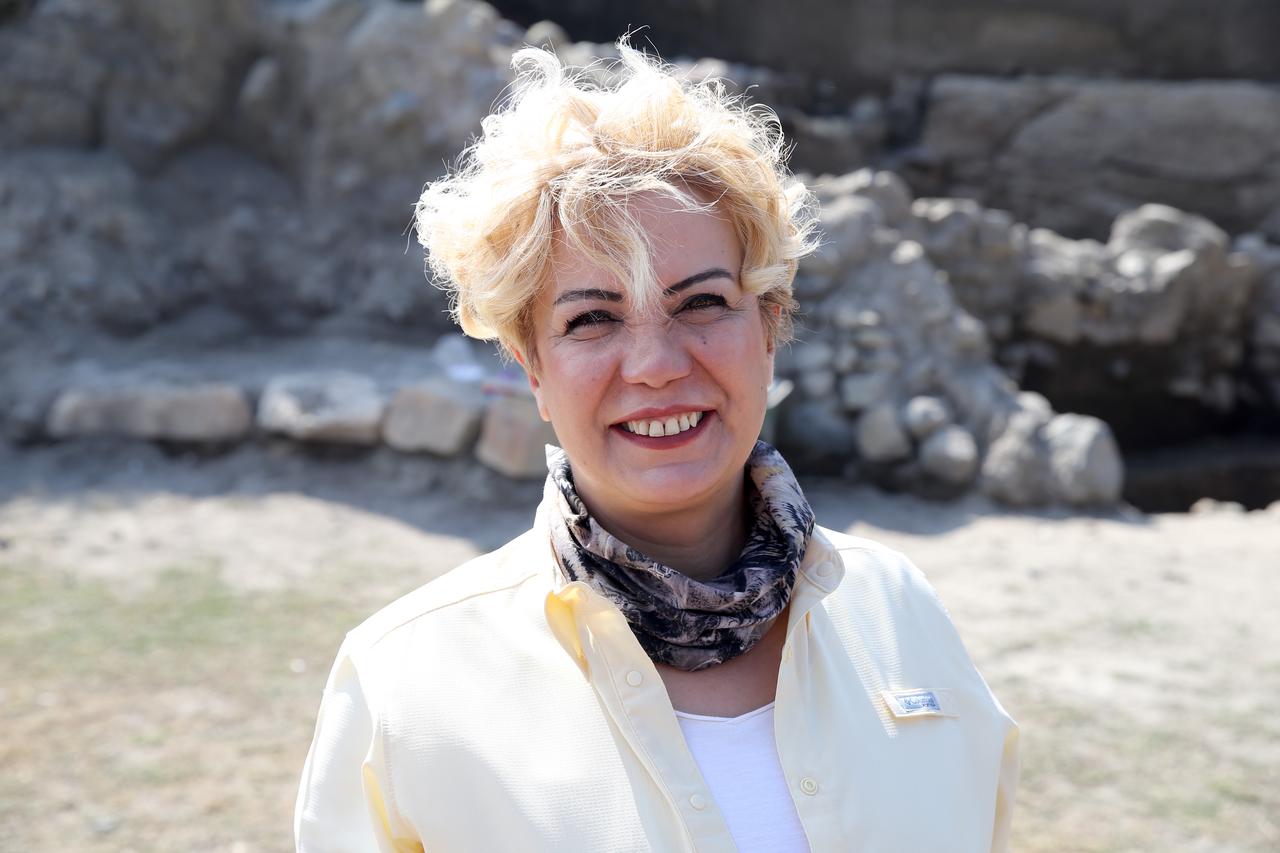
The team uncovered what they describe as a central production zone. “We identified a large kiln related to Karaz,” said excavation lead archaeologist Gulshah Altunkaynak.
“It has a square plan, a cylindrical entrance, and a channel connection. There is no earlier example. The space with the kiln shows four phases; in the first, the kiln was round and later converted to a square.” Alongside, substantial numbers of sharp-bottomed, large Karaz vessels emerged, reinforcing the picture of organized, possibly centralized production.
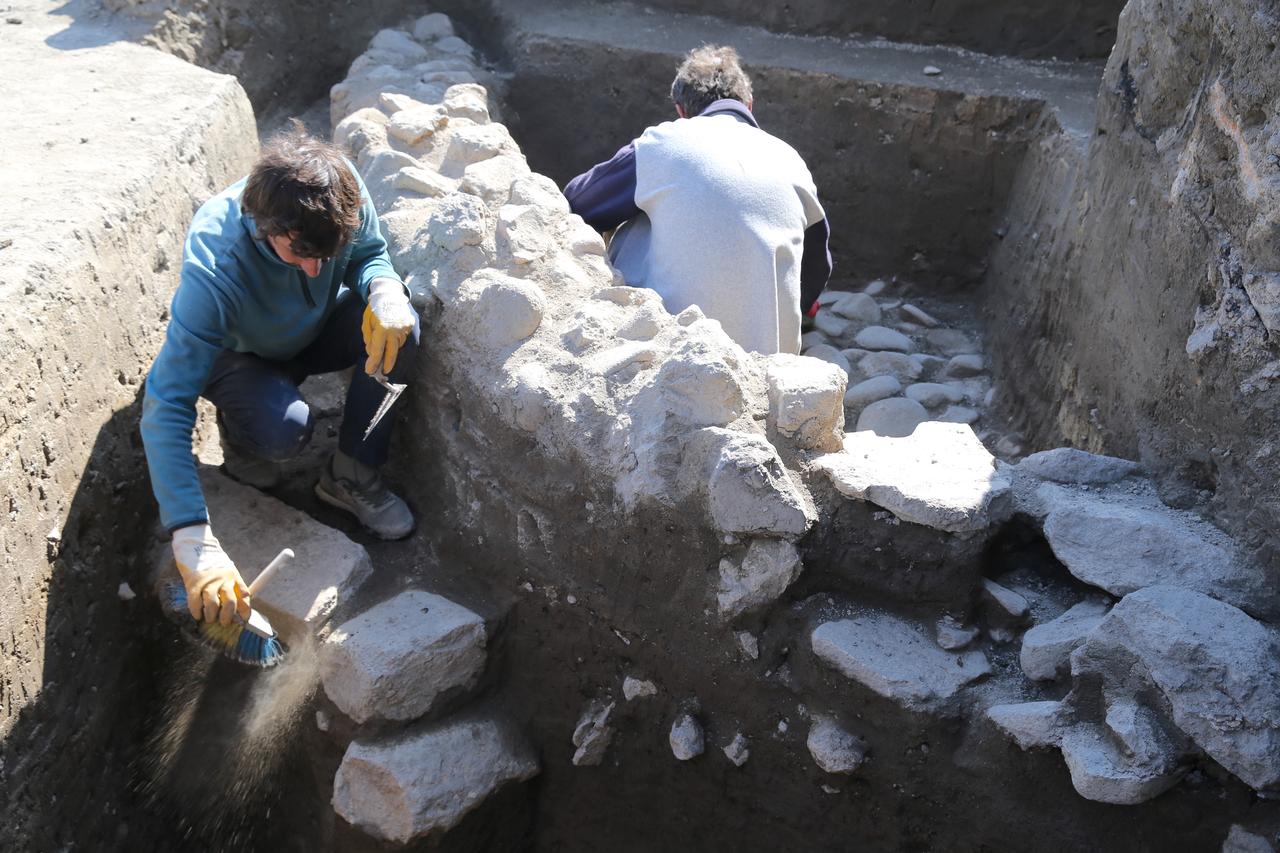
Excavations also exposed well-built rooms with straight corners and reed mats laid on floors. As work deepened, a fourth, round-planned room appeared directly beneath, with a stone-paved floor.
Researchers note that specialists have long suggested an early Karaz preference for round plans, later shifting to more rectangular spaces with softened corners; Degirmenler Hoyuk preserves these stages stacked one above the other in a single area.
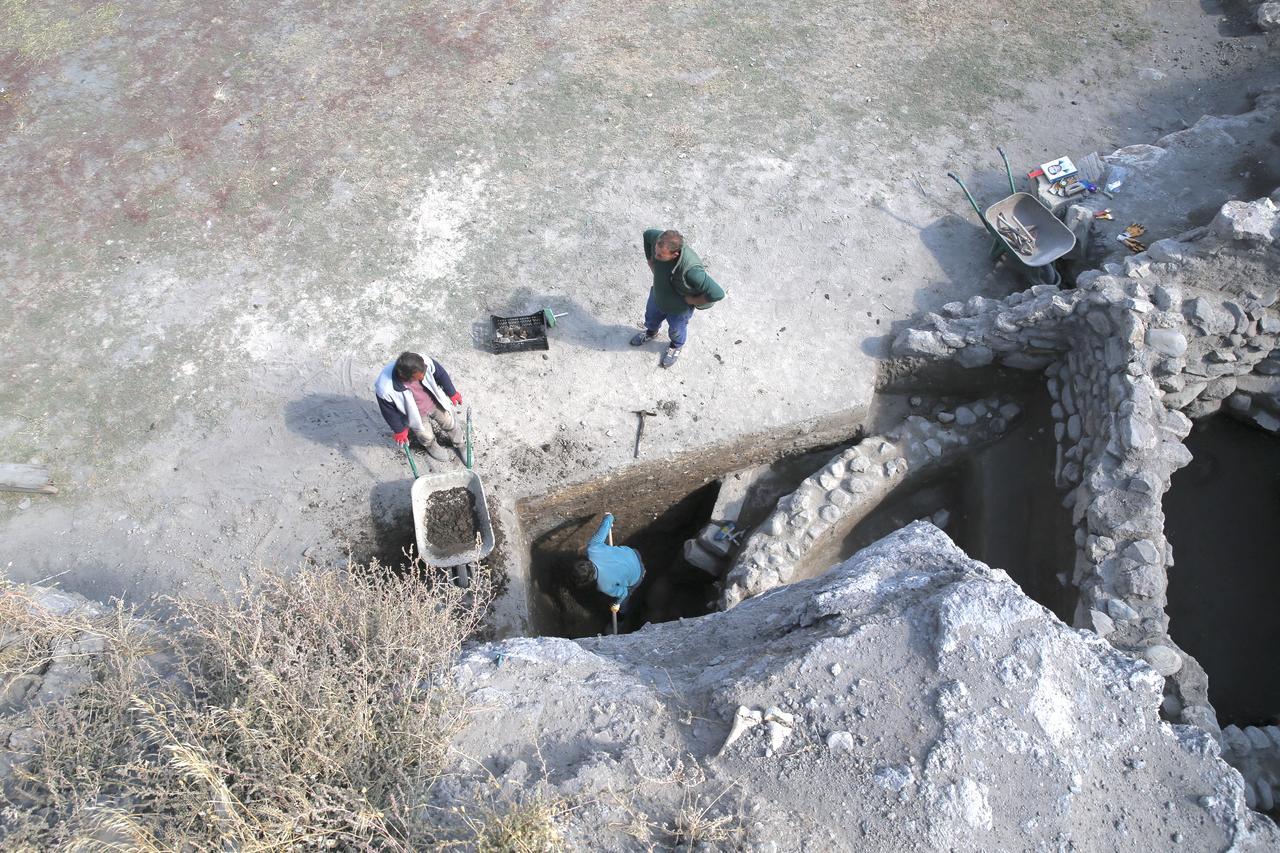
Based on ceramics and carbon finds, the team has already secured a 6,000-year timeframe and is now moving earlier, with architectural elements such as a wall covering emerging from very early strata.
Investigators reported water rising in the trench, consistent with a wetland edge, and they began recovering seashells from the deposits.
The four-room layout documented at the site is said to be the first of its kind in the region and may make Degirmenler Hoyuk the only settlement where all developmental stages of Karaz architecture—and even pre-Karaz architecture—can be viewed together.
The team hopes to scale up the fieldwork to protect and study the full sequence.